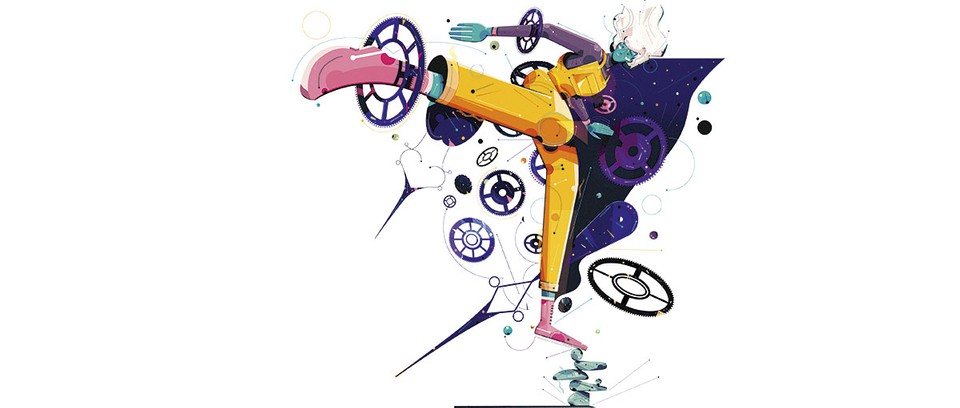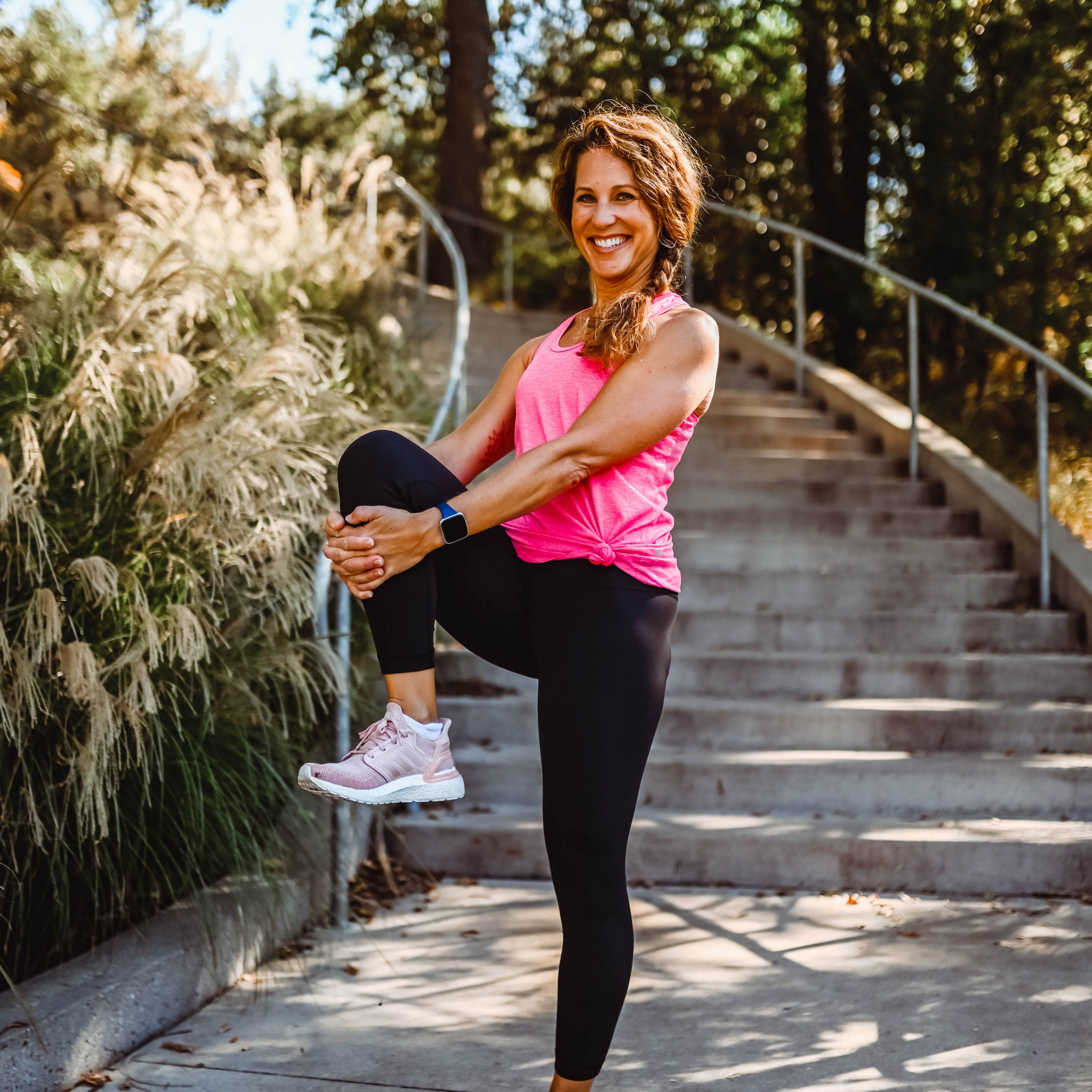
A client of mine, Jack, brought this article to my attention earlier this month. Balance is a skill I often work on with my in-person and online clients. However, it is super easy to take for granted and ignore. Check out the article below from writer Michael Mosley in a British Science Journal called Science Focus and take the balance test yourself. It is a great predictor of life expectancy and quality of life.
How is that possible, you ask. Well, balance is taxing. It engages your eyes, vestibular system, and proprioceptors in your limbs. Remove your eyes, and your brain has to work extra hard. It’s a great test of your physical and mental health!
A common New Year’s resolution is to get fitter. Although people determinedly heave weights or run, they often forget the importance of working on their balance. Worldwide, falls are the most common cause of accidental death after road traffic accidents, and unless you do something about it, your balance will deteriorate as you get older. And having a good balance is a powerful predictor of how long and how healthily you will live.

A good test of your balance is to see how long you can stand on one leg, first with your eyes open and then closed. Take your shoes off, put your hands on your hips and stand on one leg. See how long you last. The test is over as soon as you shift your planted foot or put your raised foot down on the ground—best of three. Then repeat, with your eyes closed. You will be dismayed by how quickly you start to fall over. Here are the targets that different age groups should be able to manage:
How much does it matter? In a study published in the BMJ in 2014, researchers tested 2,760 men and women who, at that time of testing, were all 53 years old. They measured grip strength, how quickly they could stand upright from sitting and how long they could stand on one leg with their eyes closed. When the researchers returned 13 years later, they found that the tests had all predicted the chance that someone would die over that period, but the one-legged standing test was the best. Those individuals who lasted less than two seconds were three times more likely to have died than those who held it for 10 seconds or more.
Why is this balancing test so important? It’s because it is so taxing. Your brain typically uses three different types of information to keep you upright: your eyes, your vestibular system (a sort of spirit level you have in your inner ear), and proprioceptors in your limbs that send signals to your brain, telling it what is going on. When you remove your eyesight, the brain has to work much harder to keep you steady.
The good news is you can improve your balance with activities such as yoga or tai chi. I practice balancing on one leg while brushing my teeth. You can find other suggestions from the NHS’s balance exercises. It is worth taking the time to work at it.